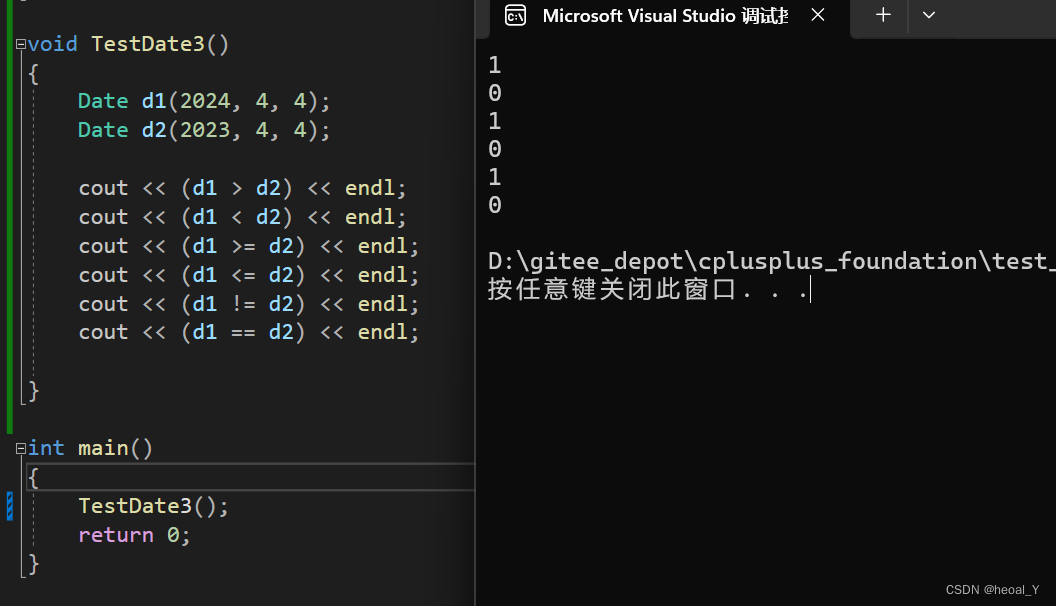1. HashMap1.7在多线程并发下扩容时,头插法会出现环。
/**
* Rehashes the contents of this map into a new array with a
* larger capacity. This method is called automatically when the
* number of keys in this map reaches its threshold.
*
* If current capacity is MAXIMUM_CAPACITY, this method does not
* resize the map, but sets threshold to Integer.MAX_VALUE.
* This has the effect of preventing future calls.
*
* @param newCapacity the new capacity, MUST be a power of two;
* must be greater than current capacity unless current
* capacity is MAXIMUM_CAPACITY (in which case value
* is irrelevant).
*/
void resize(int newCapacity) {
Entry[] oldTable = table;
int oldCapacity = oldTable.length;
if (oldCapacity == MAXIMUM_CAPACITY) {
threshold = Integer.MAX_VALUE;
return;
}
Entry[] newTable = new Entry[newCapacity];
transfer(newTable, initHashSeedAsNeeded(newCapacity));
table = newTable;
threshold = (int)Math.min(newCapacity * loadFactor, MAXIMUM_CAPACITY + 1);
}
/**
* Transfers all entries from current table to newTable.
*/
void transfer(Entry[] newTable, boolean rehash) {
int newCapacity = newTable.length;
for (Entry<K,V> e : table) {
while(null != e) {
Entry<K,V> next = e.next;
if (rehash) {
e.hash = null == e.key ? 0 : hash(e.key);
}
int i = indexFor(e.hash, newCapacity);
e.next = newTable[i];
newTable[i] = e;
e = next;
}
}
}
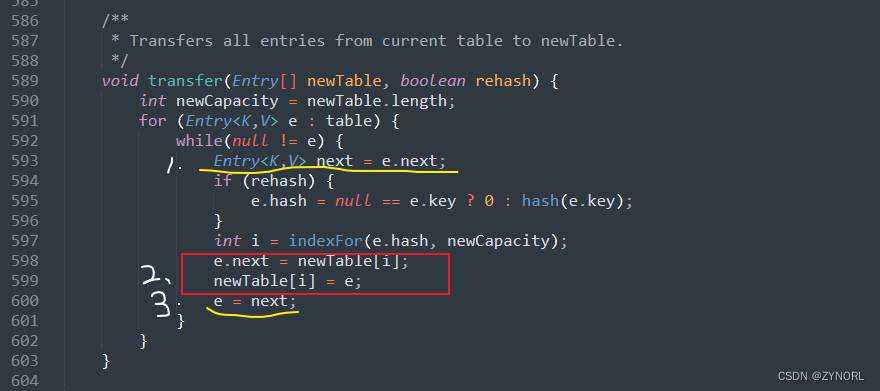
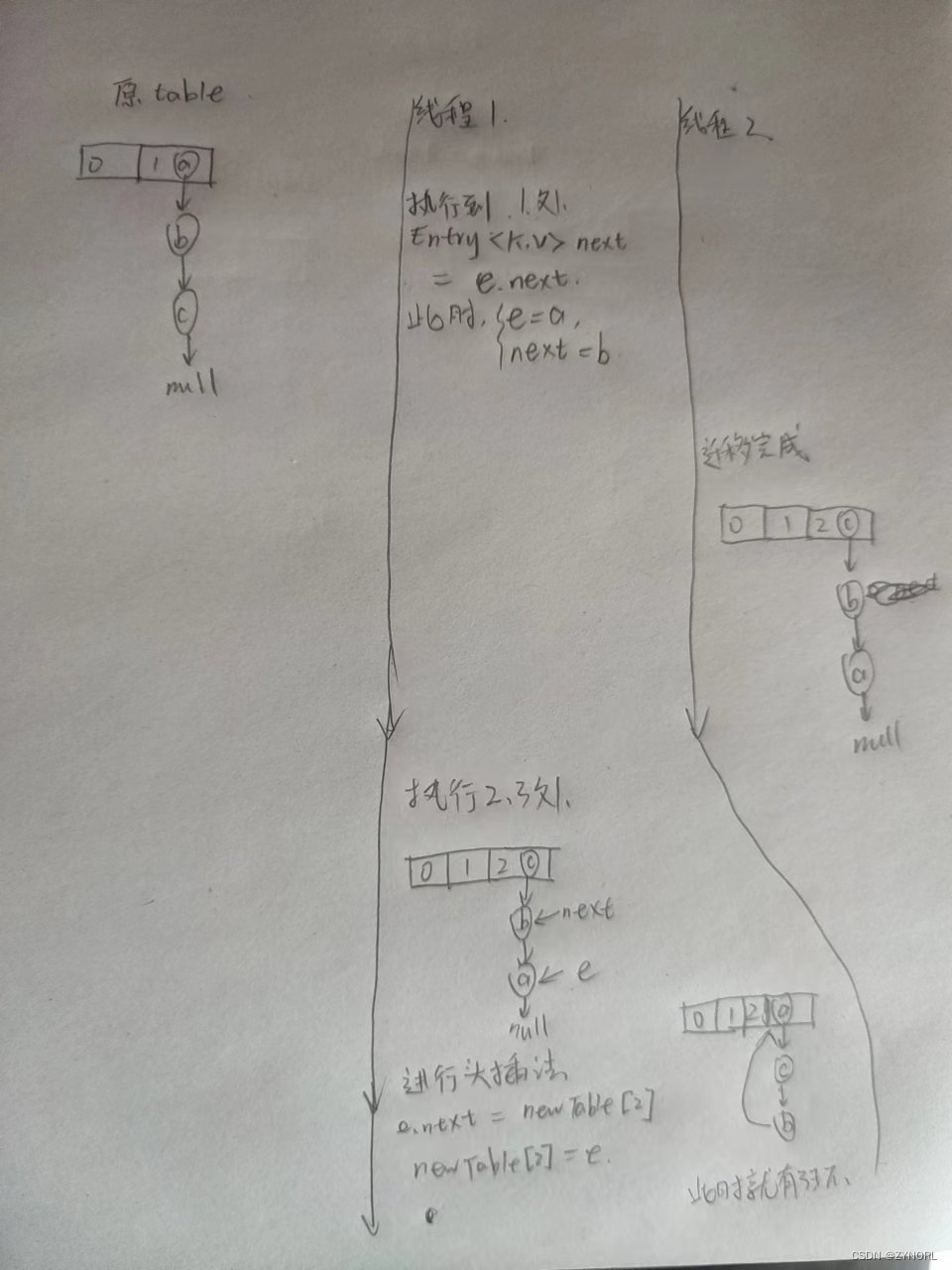
执行过程描述如下:首先线程1执行到代码1处时间片用完,此时线程1的e = a, next = b,然后线程2开始执行,并把该桶全部迁移了过去,随后线程1从之前的位置执行,此时e = a, next = b,但链表已经时线程2操作过的链表了,b的指向已经发生了变化,指向了a。此时对e=a再进行头插法操作(a.next=newTable[i], 也就是a指向c),会出现环。
2. HashMap1.8在put操作时,会出现并发问题。
public V put(K key, V value) {
return putVal(hash(key), key, value, false, true);
}
/**
* Implements Map.put and related methods
*
* @param hash hash for key
* @param key the key
* @param value the value to put
* @param onlyIfAbsent if true, don't change existing value
* @param evict if false, the table is in creation mode.
* @return previous value, or null if none
*/
final V putVal(int hash, K key, V value, boolean onlyIfAbsent,
boolean evict) {
Node<K,V>[] tab; Node<K,V> p; int n, i;
if ((tab = table) == null || (n = tab.length) == 0)
n = (tab = resize()).length;
if ((p = tab[i = (n - 1) & hash]) == null)
tab[i] = newNode(hash, key, value, null);
else {
Node<K,V> e; K k;
if (p.hash == hash &&
((k = p.key) == key || (key != null && key.equals(k))))
e = p;
else if (p instanceof TreeNode)
e = ((TreeNode<K,V>)p).putTreeVal(this, tab, hash, key, value);
else {
for (int binCount = 0; ; ++binCount) {
if ((e = p.next) == null) {
p.next = newNode(hash, key, value, null);
if (binCount >= TREEIFY_THRESHOLD - 1) // -1 for 1st
treeifyBin(tab, hash);
break;
}
if (e.hash == hash &&
((k = e.key) == key || (key != null && key.equals(k))))
break;
p = e;
}
}
if (e != null) { // existing mapping for key
V oldValue = e.value;
if (!onlyIfAbsent || oldValue == null)
e.value = value;
afterNodeAccess(e);
return oldValue;
}
}
++modCount;
if (++size > threshold)
resize();
afterNodeInsertion(evict);
return null;
}
主要是这行代码:
// 判断有没有hash碰撞,如果没有直接插入
if ((p = tab[i = (n - 1) & hash]) == null)
tab[i] = newNode(hash, key, value, null);
这段代码是判断是否出现hash碰撞,假设两个线程A、B都在进行put操作,并且hash函数计算出的插入下标是相同的,当线程A执行完第六行代码后由于时间片耗尽导致被挂起,而线程B得到时间片后在该下标处插入了元素,完成了正常的插入,然后线程A获得时间片,由于之前已经进行了hash碰撞的判断,所有此时不会再进行判断,而是直接进行插入,这就导致了线程B插入的数据被线程A覆盖了,从而线程不安全。
if (++size > threshold)
resize();
除此之前,还有这段代码的++size,我们这样想,还是线程A、B,这两个线程同时进行put操作时,假设当前HashMap的zise大小为10,当线程A执行到第38行代码时,从主内存中获得size的值为10后准备进行+1操作,但是由于时间片耗尽只好让出CPU,线程B快乐的拿到CPU还是从主内存中拿到size的值10进行+1操作,完成了put操作并将size=11写回主内存,然后线程A再次拿到CPU并继续执行(此时size的值仍为10),当执行完put操作后,还是将size=11写回内存,此时,线程A、B都执行了一次put操作,但是size的值只增加了1,所有说还是由于数据覆盖又导致了线程不安全。因为这个size变量不具有内存可见性,可以用volatile修饰。
参考
https://juejin.cn/post/6917526751199526920
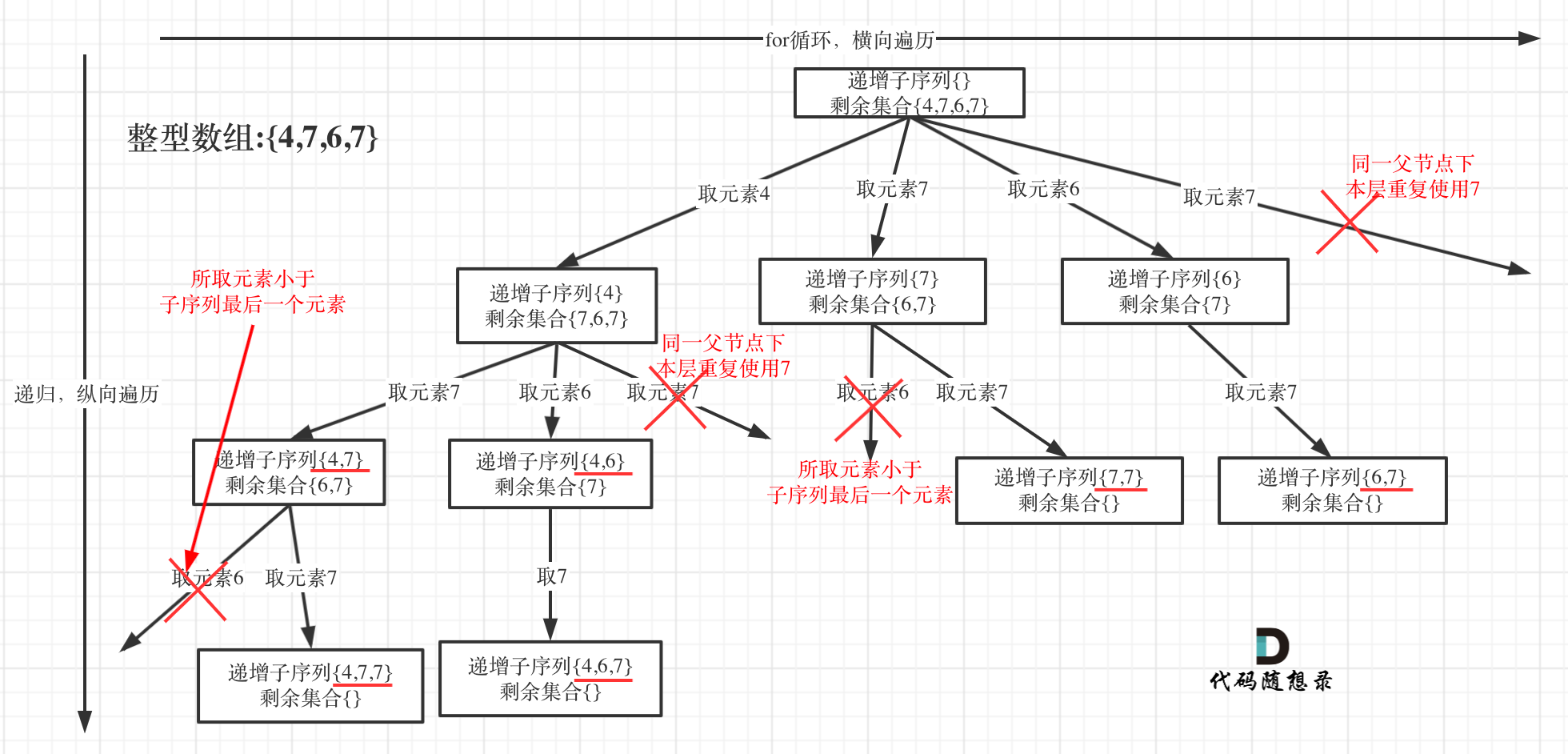
![[计算机知识] TCP/IP网络模型、MySQL的结构](https://img-blog.csdnimg.cn/direct/f6f19280aa4442c6b2e89056f7ed4bc7.png)

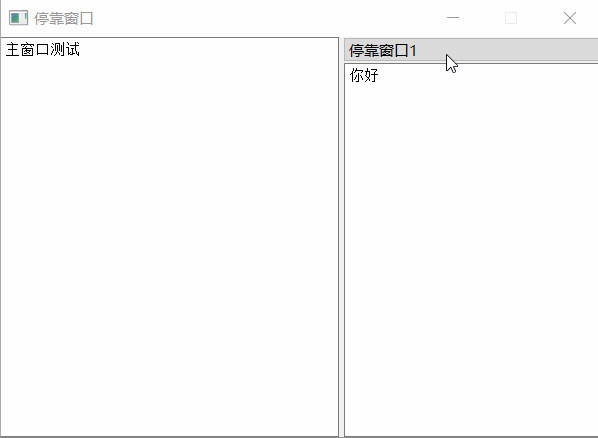
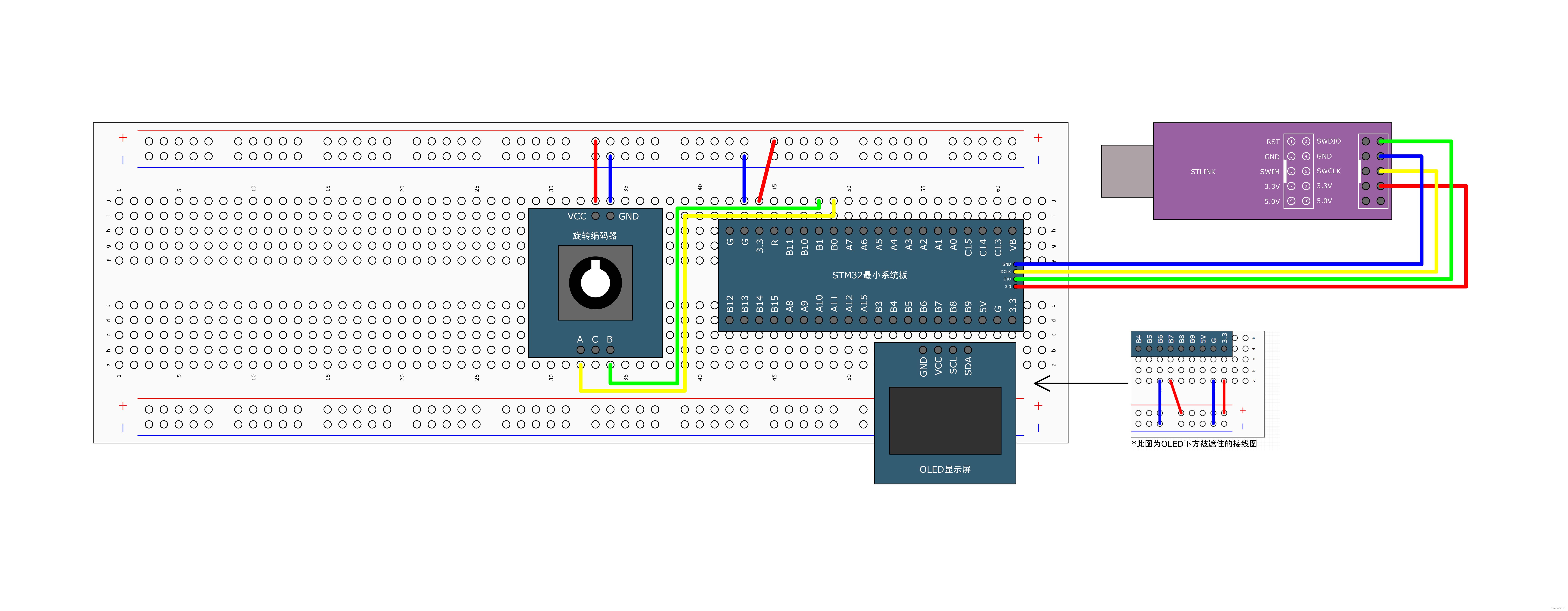
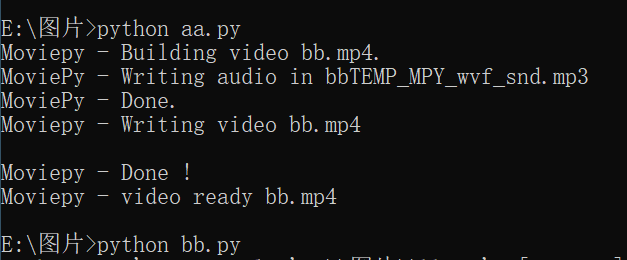




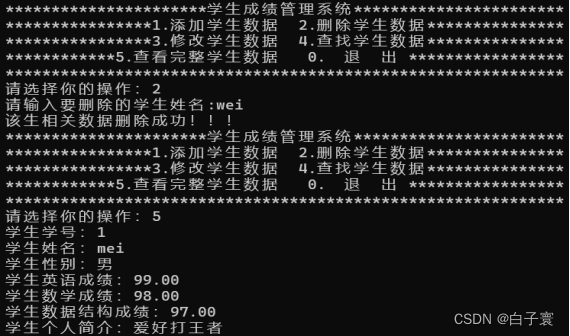
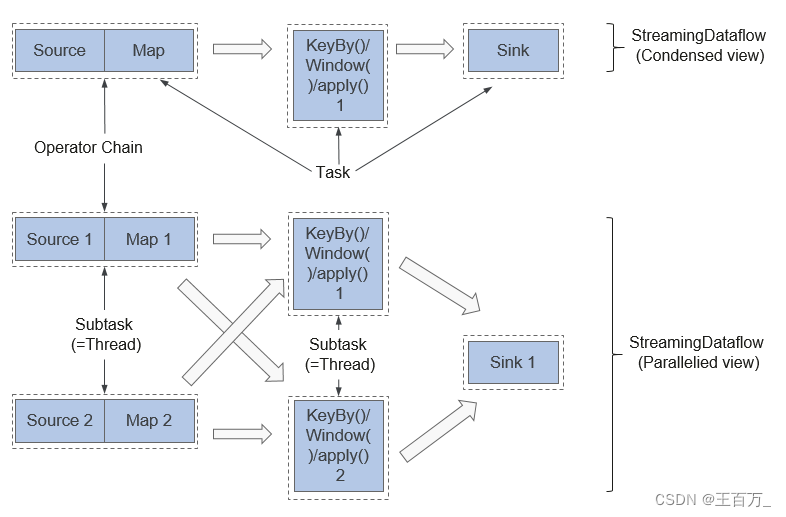
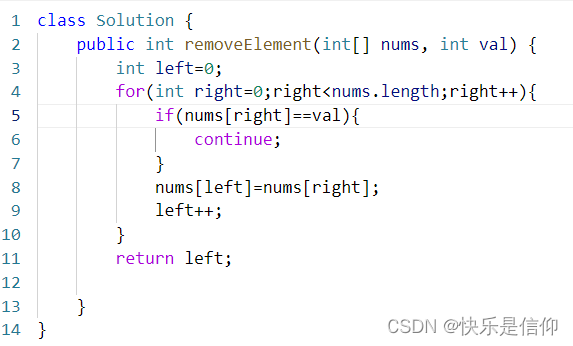
![练习 19 Web [BJDCTF2020]Easy MD5](https://img-blog.csdnimg.cn/direct/7e899c0de4fe40f4a663165aaa1e0299.png)





